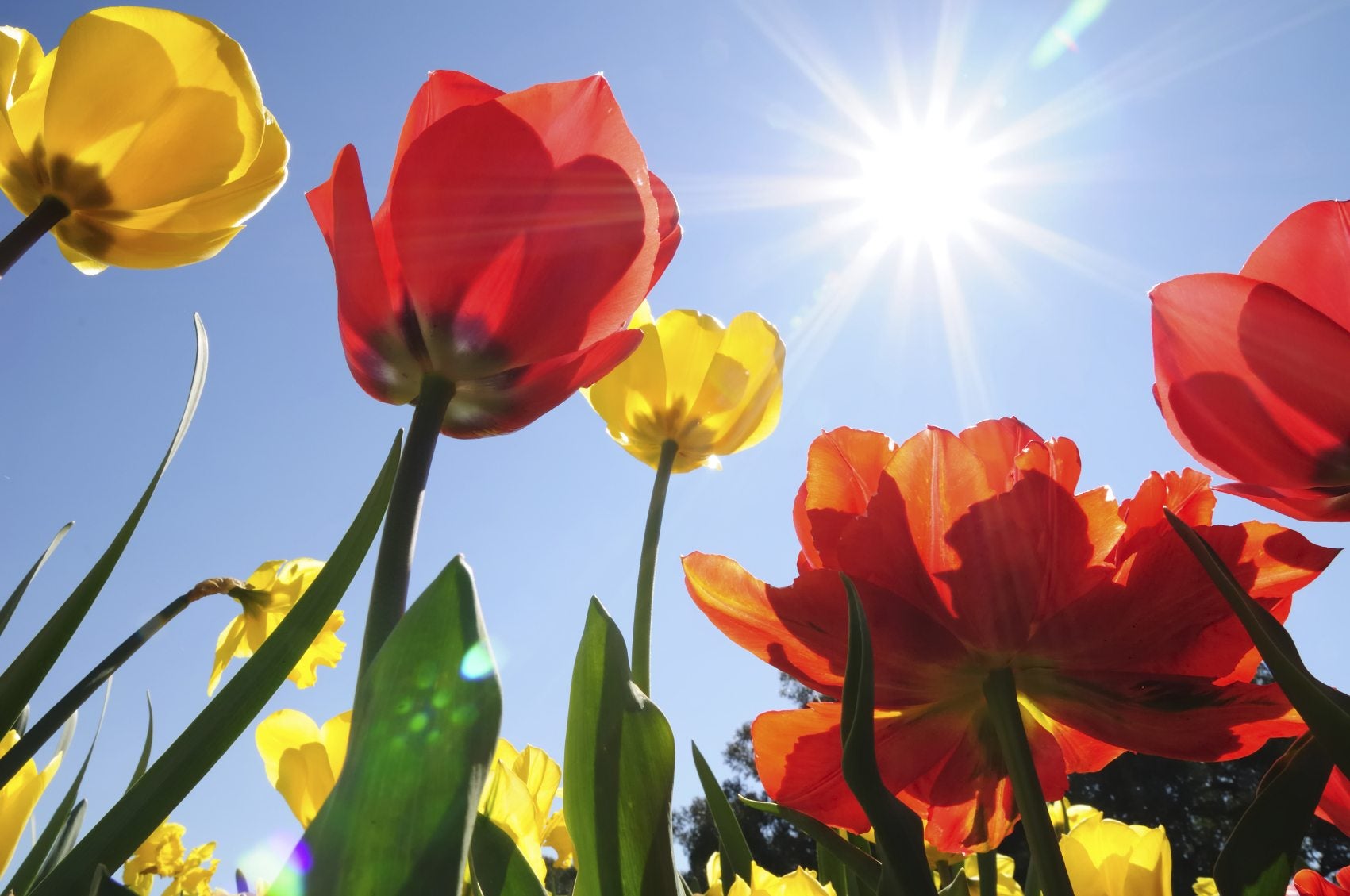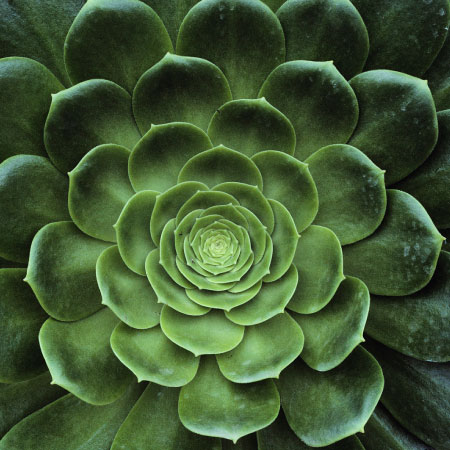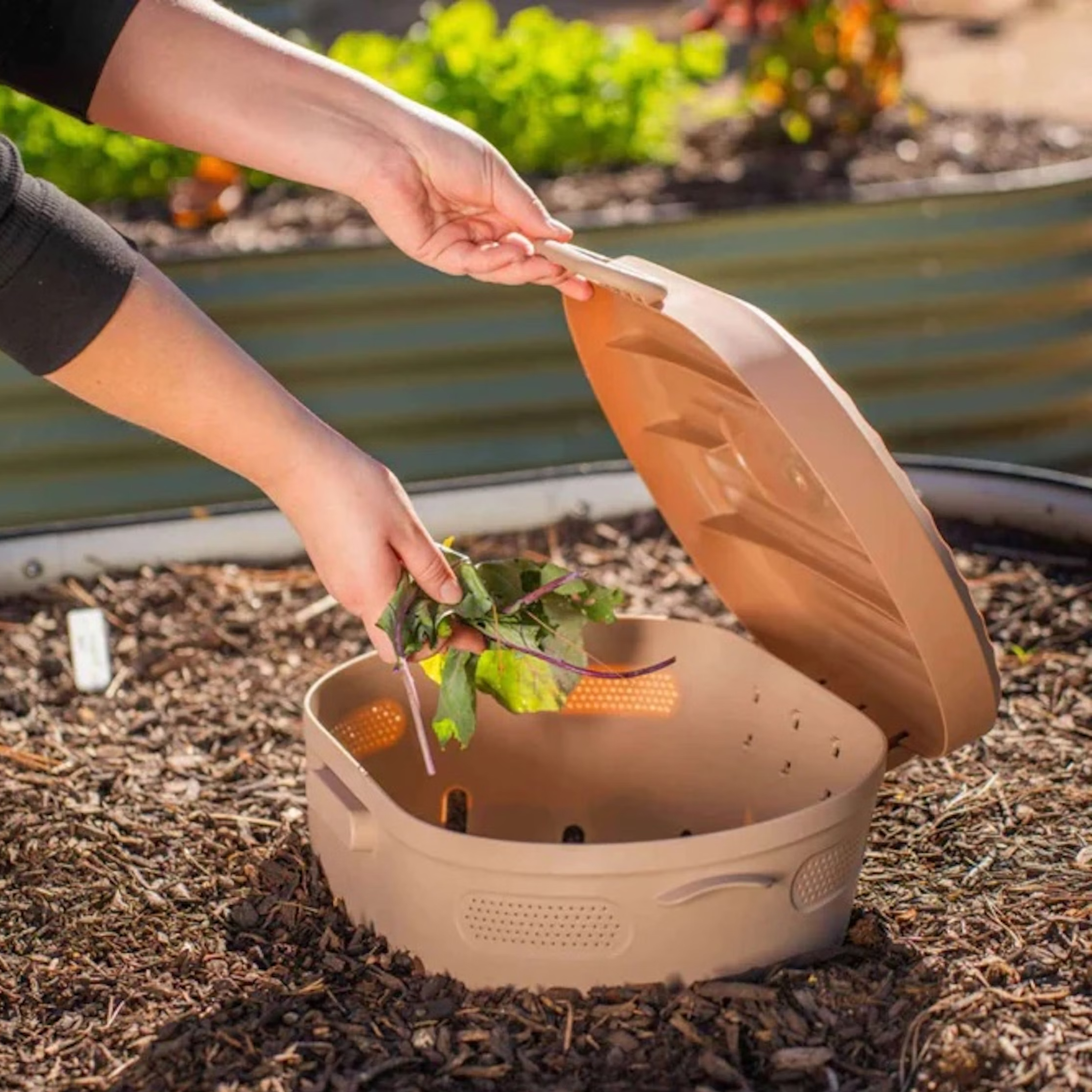Warm Weather And Tulips: How To Grow Tulips In Warm Climates


Tulips bulbs require at least 12 to 14 weeks of cold weather, which is a process that occurs naturally when temperatures drop below 55 degrees F. (13 C.) and remain that way for an extended time. This means that warm weather and tulips really aren’t compatible, as tulip bulbs don’t perform well in climates south of USDA plant hardiness zones 8. Unfortunately, tulips for hot climates don’t exist. It’s possible to grow tulip bulbs in warm climates, but you have to implement a little strategy to “trick” the bulbs. However, growing tulips in warm weather is a one-shot deal. The bulbs won’t generally rebloom the following year. Read on to learn about growing tulips in warm weather.
Growing Tulip Bulbs in Warm Climates
If your climate doesn’t provide a long, chilly period, you can chill the bulbs in the refrigerator for several weeks, beginning in mid-September or later, but not after December 1st. If you bought the bulbs early, they will be safe in the fridge for up to four months. Put the bulbs in an egg carton or use a mesh bag or a paper sack, but don’t store the bulbs in plastic because the bulbs require ventilation. Don’t store fruit at the same time either because fruit (especially apples), gives on ethylene gas that will kill the bulb. When you’re ready to plant the bulbs at the end of the cooling period (during the coldest time of year in your climate), take them directly from the refrigerator to the soil and don’t allow them to warm up. Plant the bulbs 6 to 8 inches (15-20.5 cm.) deep in cool, well-drained soil. Although tulips usually need full sunlight, bulbs in warm climates benefit from full or partial shade. Cover the area with 2 to 3 inches (5-7.5 cm.) of mulch to keep the soil cool and moist. The bulbs will rot in wet conditions, so water is often enough to keep the soil moist but never soggy.
Gardening tips, videos, info and more delivered right to your inbox!
Sign up for the Gardening Know How newsletter today and receive a free copy of our e-book "How to Grow Delicious Tomatoes".

A Credentialed Garden Writer, Mary H. Dyer was with Gardening Know How in the very beginning, publishing articles as early as 2007.
-
 Try The Trend – Turn Any Bed Into A Keyhole Garden With This Clever In-Ground Composter
Try The Trend – Turn Any Bed Into A Keyhole Garden With This Clever In-Ground ComposterKeyhole gardening is an efficient and sustainable practice that saves space. Get started on this DIY project quickly and easily with an in-ground composter.
By Bonnie L. Grant
-
 4 Superfast Composting Methods: Turn Waste Into Garden Gold In 30 Days Or Less
4 Superfast Composting Methods: Turn Waste Into Garden Gold In 30 Days Or LessTry the fastest composting methods to turbocharge your pile and transform kitchen scraps and garden waste into finished compost in just a few weeks.
By Mary Ellen Ellis